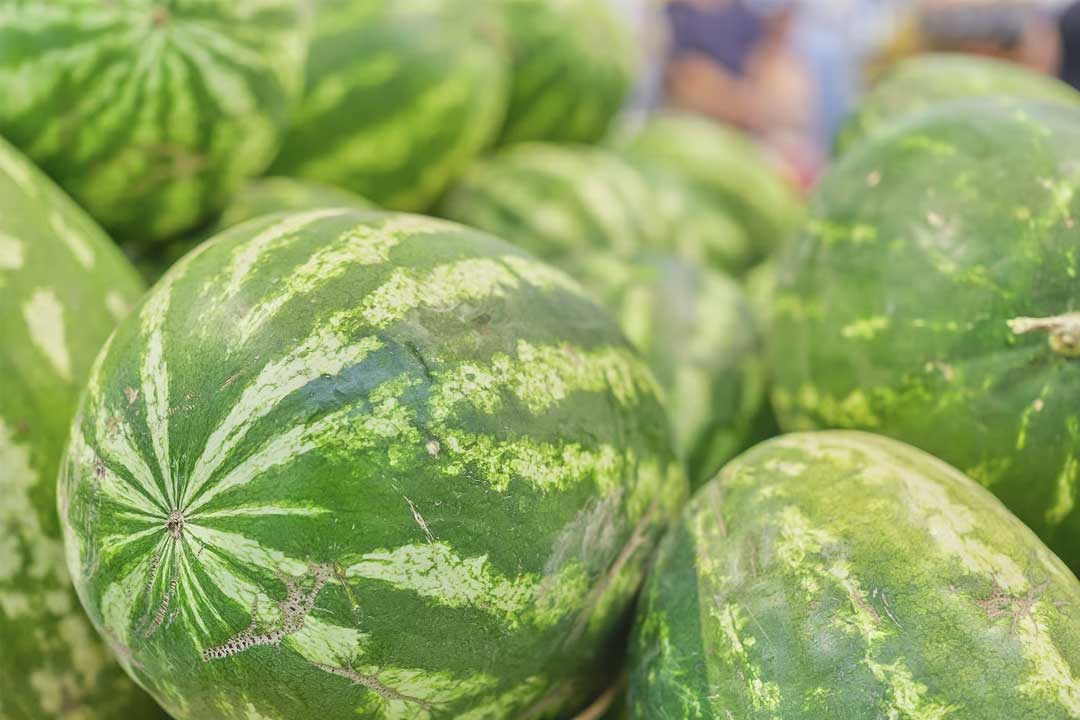
Watermelon farming is a simple crop to grow and generally thrives in hot and humid climates. In this guide, we will provide a step-by-step guide on how to grow watermelons in Zambia, Zimbabwe, Namibia, and other Southern African countries.
Step 1: Climatic Requirements
Watermelons require hot and humid climatic conditions. The best average temperature range for watermelon production during the growing season is between 18°C and 35°C. Temperatures above 35°C or below 10°C will slow the growth and maturation of the crop. Watermelons are generally sensitive to cold temperatures, and even a mild frost can severely damage the crop.
Step 2: Soil Requirements
Watermelons grow best on non-saline sandy loam or silt loam soils. Fields with light-textured soils warm up faster in the spring and are, therefore, favored for early production. Very sandy soils have limited water-holding capacities and must be carefully irrigated and fertilized to allow for high yield potential. Clay soils are generally avoided for watermelon culture, but they can be productive if irrigated with care to prevent prolonged saturation of the root zone and to allow good drainage between irrigations. The soil should have a pH of 5.8 to 6.6. Fields should be prepared thoroughly by plowing and harrowing and removing different types of plant debris. It should also be pulverized and leveled. Furrows are made 2 m apart.
Step 3: Planting
Period and Days to Maturity Watermelons can be planted in the Lowveld from June to August and in the rest of the country from August to October. The crop matures three months after planting, and the yield varies from 5 to 72 tons/ha. It usually takes about 80 to 90 days for baby bush varieties and 90 to 100 days or more for the large varieties to reach maturity.
Step 4: Spacing
In large-scale production, few seeded varieties are currently grown. Watermelons are planted on flat beds 2 m wide and 20 cm to 30 cm high. In direct-seeded plantings, the seed is placed 1.2 cm to 1.9 cm deep. After thinning and side dressing, furrows are reformed to the condition prior to furrow irrigation. For transplants, a single drip irrigation tape is laid 15 cm to 20 cm below the bed surface. Black plastic film, 1.8 m wide, is then laid flat on 2 m beds to heat the soil and reduce weeds. Seeds or transplants are then planted directly through plastic. Transplants are set 60 cm to 90 cm apart. About 15 cm of the plastic is covered with soil at the edges to hold the mulch in place. Common seedless watermelon planting configurations are 1 row of the seed variety (pollinator) for every 2 to 3 rows of the seedless variety. However, other novel configurations are being used. The most popular is the mixing of seedless and pollinator plants from 2:1 to 5:1. As the seedless-to-pollinator ratio increases, the number of beehives should be increased to ensure pollination. The seed rate is 16 to 25 seeds per 10 m² (1.0-3.0 kg/ha).
Step 5: Fertilization
Watermelons have moderate nutrient requirements compared to other vegetable crops, and because of their deep rooting, it is efficient in extracting nutrient requirements from the soil. Compound L (4:17:11) or Compound C (5:15:12) is recommended for basal fertilizer application and Ammonium


















